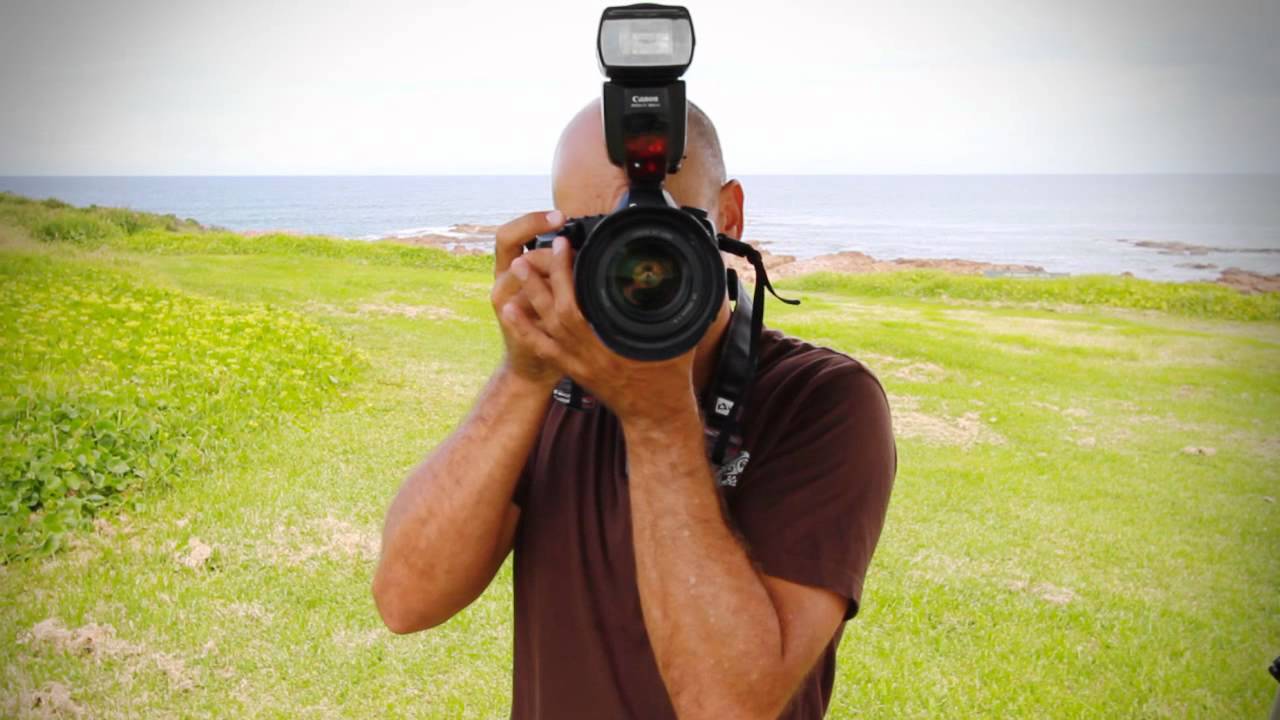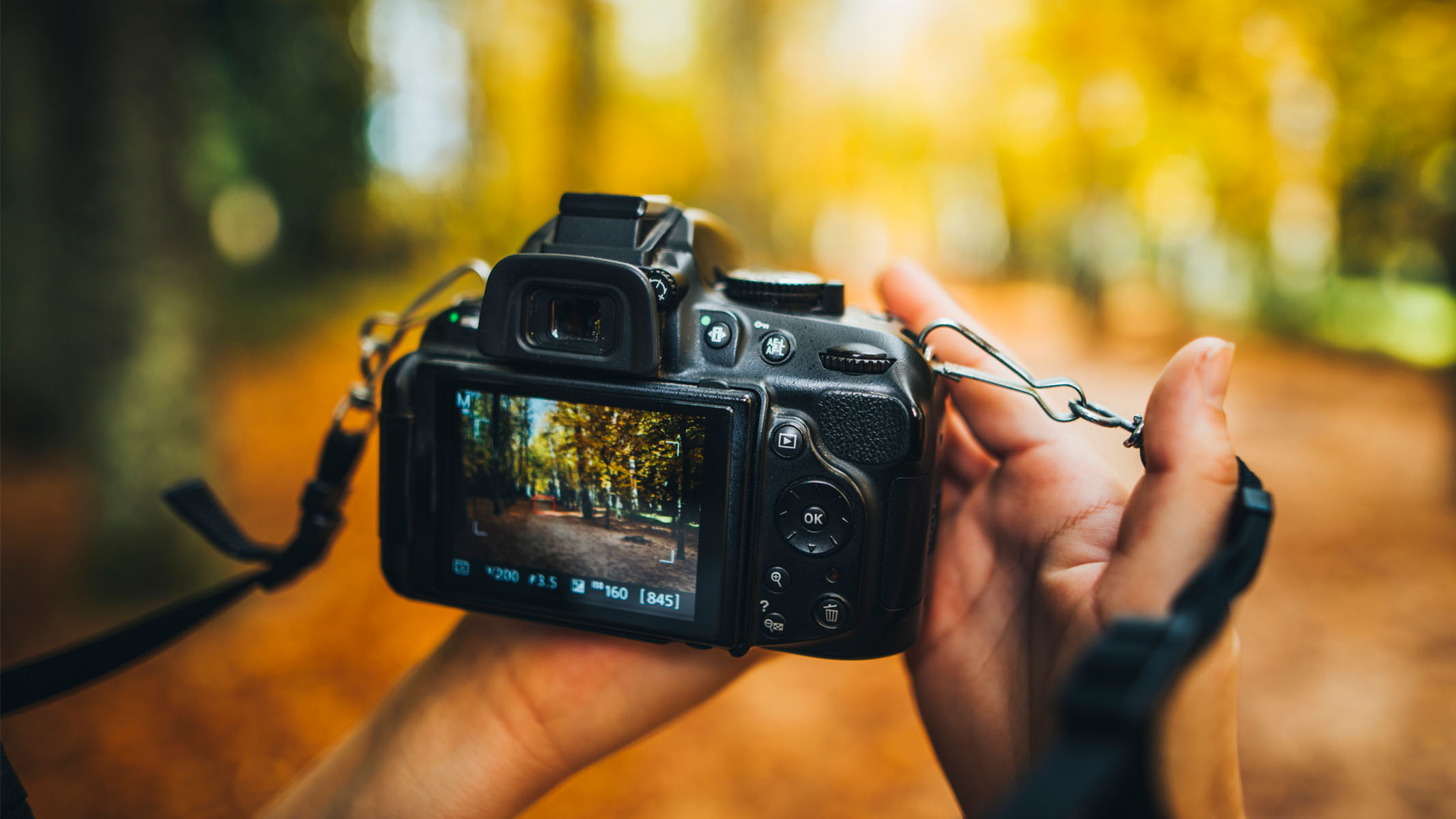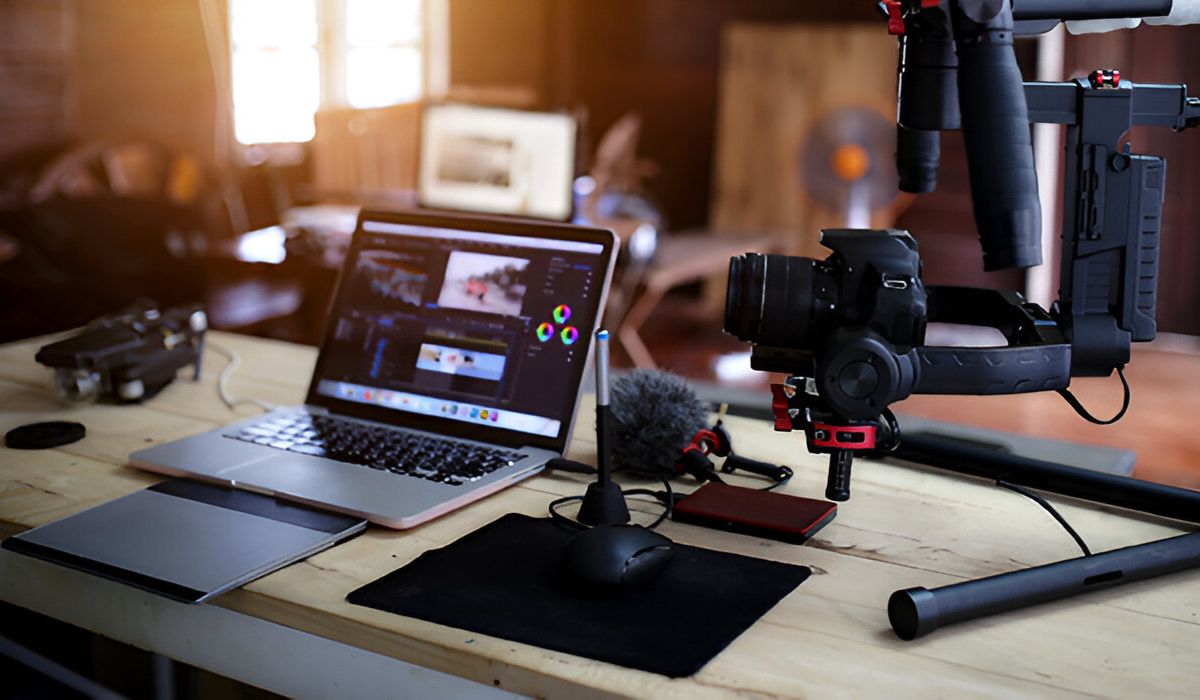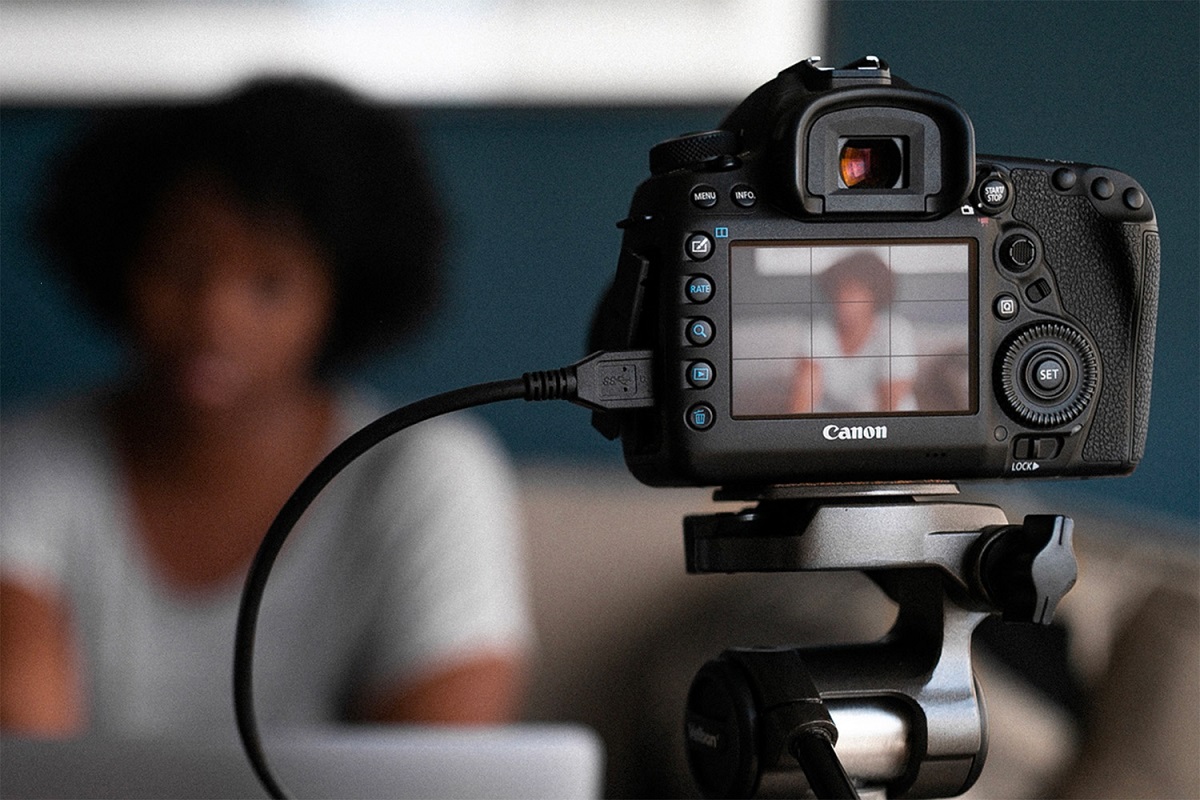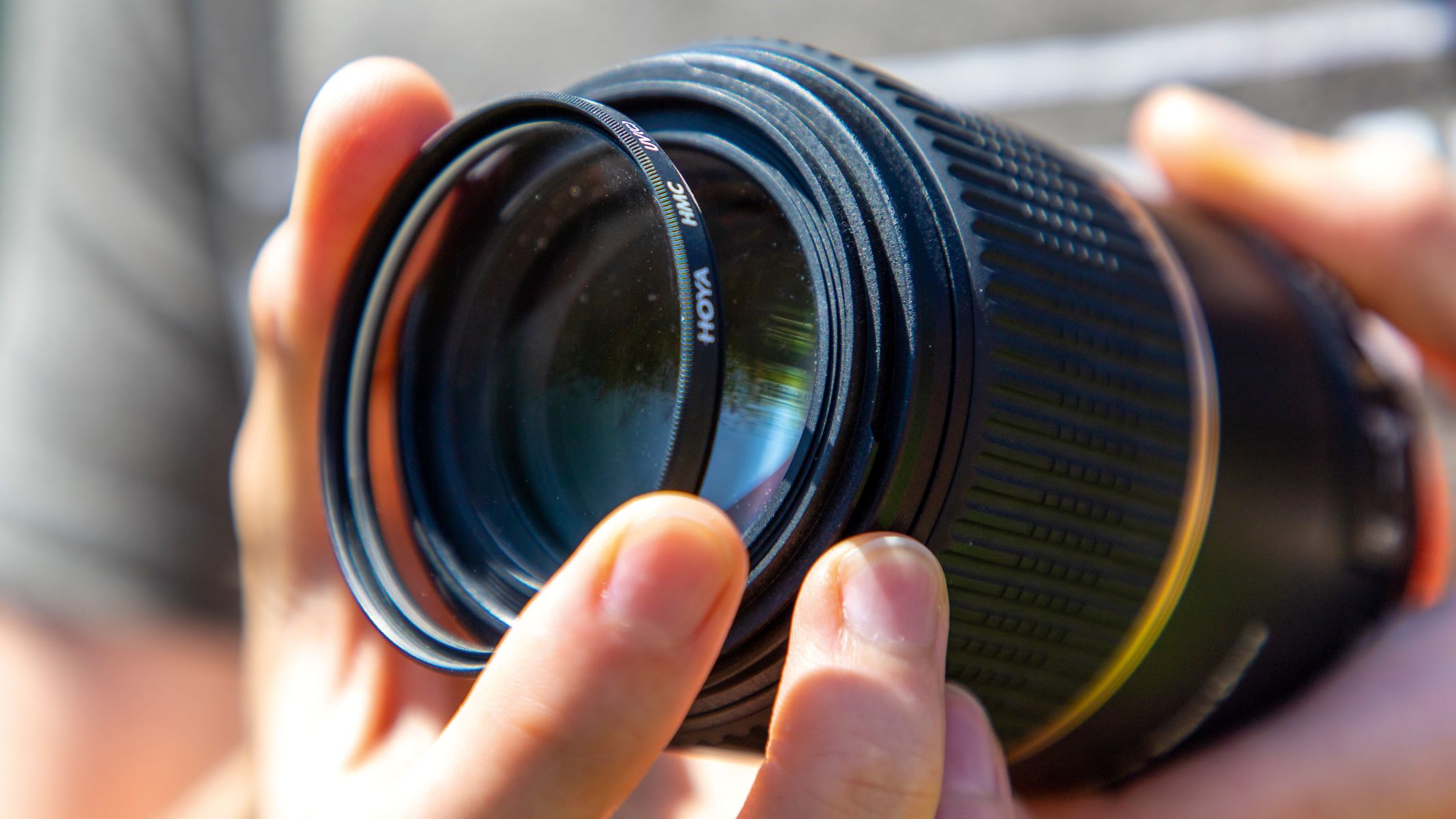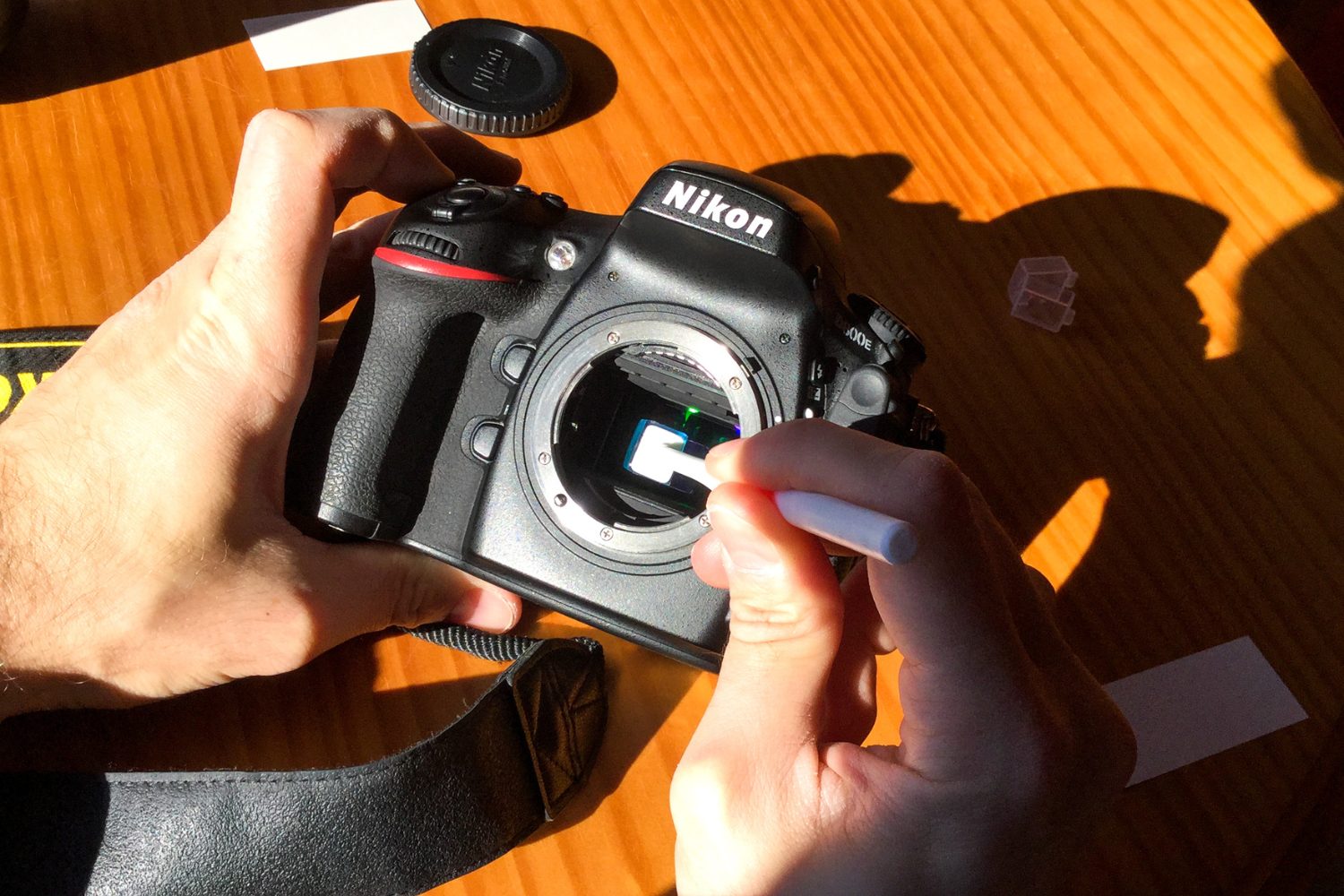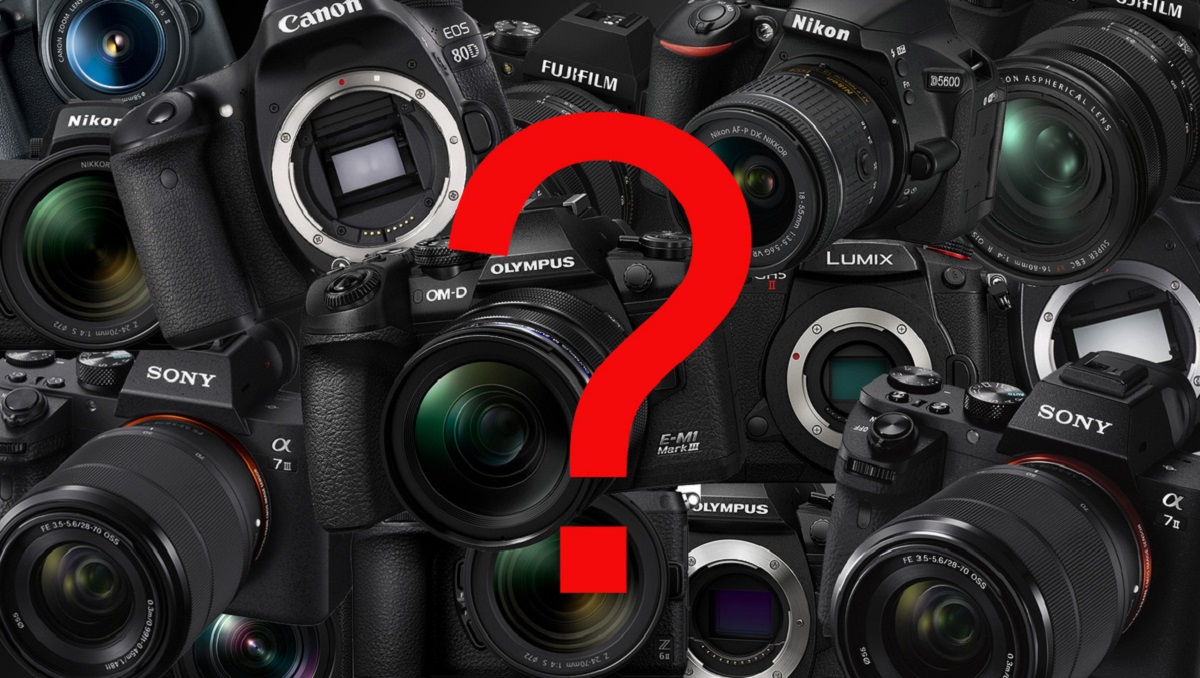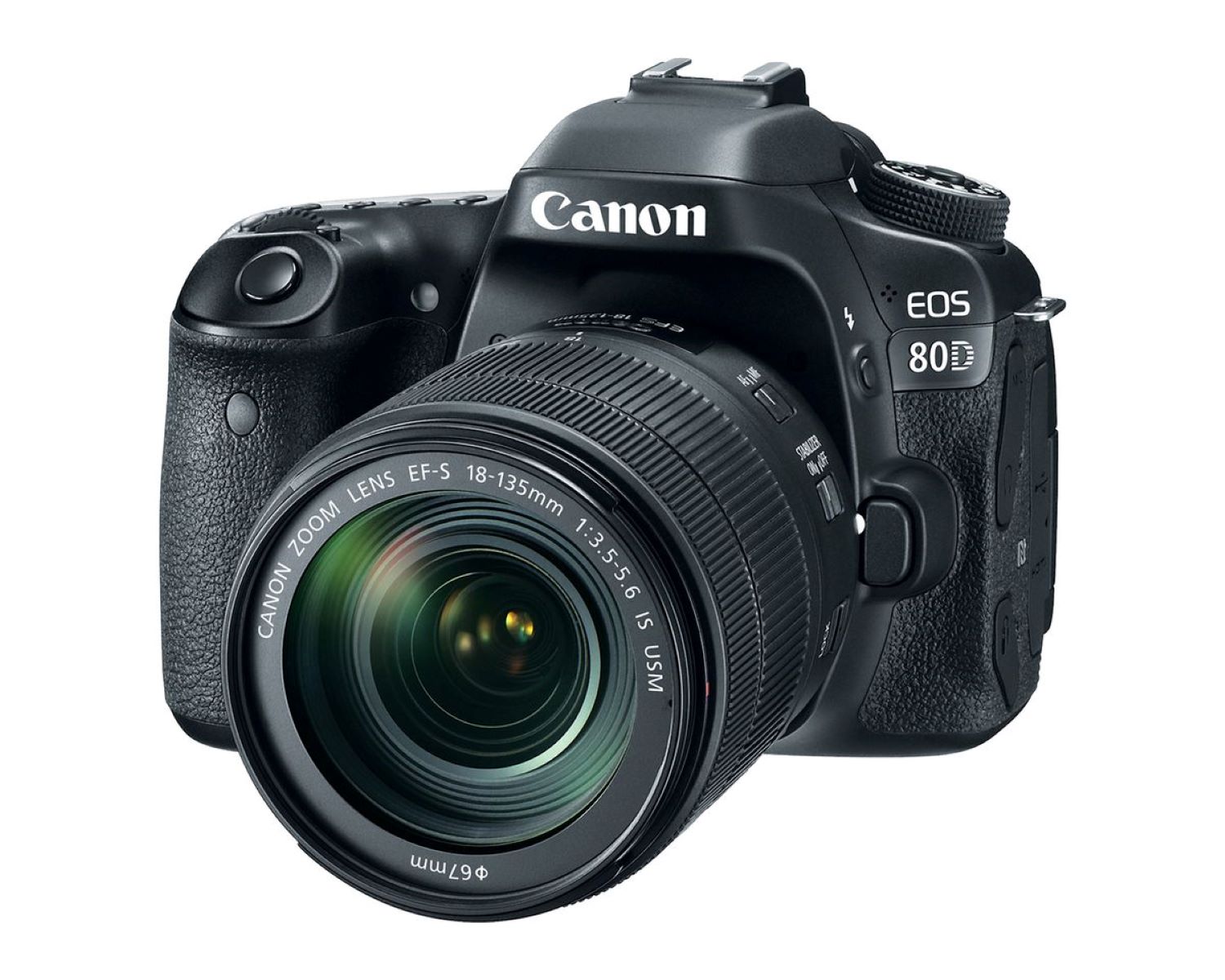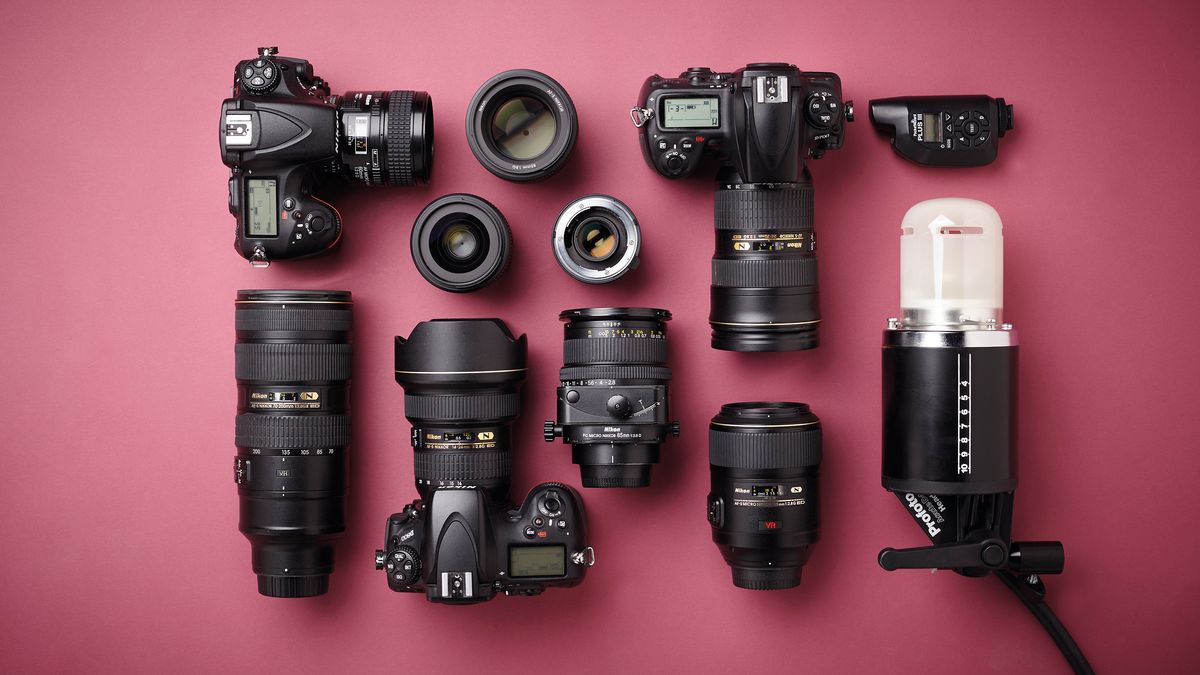Introduction
When it comes to capturing stunning photographs with a DSLR camera, the way you hold the device plays a pivotal role in achieving sharp, clear images. The correct technique not only ensures stability but also minimizes the risk of camera shake, resulting in professional-quality shots. This article delves into the significance of holding a DSLR camera correctly, provides insights into the optimal grip and body positioning, and offers valuable tips for maintaining steadiness while shooting.
Mastering the art of holding a DSLR camera is akin to honing a fundamental skill in photography. Whether you are a novice enthusiast or a seasoned professional, understanding and implementing the correct grip and posture can significantly elevate the quality of your photographs. By grasping the essentials of this technique, you can unleash the full potential of your DSLR camera and capture breathtaking moments with precision and clarity.
The following sections will delve into the nuances of holding a DSLR camera, exploring the optimal grip and body positioning for stability. Additionally, practical tips for maintaining a steady hold will be shared, empowering photographers to enhance their craft and produce remarkable images. Let's embark on this insightful journey to discover the correct way to hold a DSLR camera and elevate your photography skills to new heights.
Importance of Holding a DSLR Camera Correctly
The significance of holding a DSLR camera correctly cannot be overstated, as it directly influences the quality of the photographs you capture. A proper grip and stable posture are essential for minimizing camera shake, ensuring sharpness, and enabling precise control over the composition. By understanding the importance of this fundamental aspect, photographers can elevate their craft and produce exceptional images that resonate with clarity and detail.
One of the primary reasons for holding a DSLR camera correctly is to mitigate the effects of camera shake. When the camera is not held steadily, even the slightest hand movements can result in blurred or distorted images, especially in low-light conditions or when using longer focal lengths. By mastering the art of a stable grip and body positioning, photographers can minimize these adverse effects, resulting in clear, crisp photographs that showcase the intended subject with precision.
Furthermore, the correct technique for holding a DSLR camera empowers photographers to maintain control over framing and composition. A steady grip allows for smoother panning and precise adjustments, enabling the photographer to capture dynamic scenes with finesse. Whether shooting fast-paced action or intricate details, the ability to hold the camera securely enhances the creative possibilities and ensures that the intended vision is translated into the final image.
Moreover, the impact of holding a DSLR camera correctly extends to the overall shooting experience. By adopting an optimal grip and posture, photographers can reduce fatigue and discomfort during extended photography sessions. This not only enhances the photographer’s endurance but also fosters a more immersive and enjoyable creative process, ultimately contributing to a heightened sense of satisfaction and accomplishment.
In essence, mastering the art of holding a DSLR camera correctly is foundational to achieving professional-quality results. By recognizing the importance of stability, control, and comfort, photographers can unleash the full potential of their equipment and elevate their photographic endeavors to new heights.
Understanding the Correct Grip
Mastering the correct grip for a DSLR camera is essential for achieving stability, control, and precision while capturing images. The grip serves as the foundation for the photographer’s interaction with the camera, directly influencing the ability to maintain a steady hold and make nuanced adjustments. Understanding the elements of a proper grip is crucial for photographers aiming to optimize their shooting technique and produce exceptional photographs.
The primary components of the correct grip include the positioning of the right hand on the camera body and the support provided by the left hand. The right hand should securely grasp the camera grip, allowing the index finger to rest comfortably on the shutter button while maintaining a firm hold on the body. This positioning facilitates seamless access to the controls and enables the photographer to capture moments with swift precision.
Simultaneously, the left hand plays a pivotal role in stabilizing the camera and lens assembly. Supporting the weight of the lens from underneath, the left hand contributes to balancing the entire setup, reducing strain on the right hand and enhancing overall stability. This two-handed approach to gripping the camera not only minimizes the risk of shake but also fosters a sense of control and confidence in handling the equipment.
Furthermore, understanding the nuances of pressure and tension within the grip is crucial for maintaining a steady hold without inducing stiffness or discomfort. The grip should be firm enough to provide stability but not excessively tight, as this can lead to hand fatigue and hinder fluid movements. Finding the right balance of pressure and relaxation within the grip is key to achieving a seamless shooting experience and maximizing control over the camera.
By comprehending the intricacies of the correct grip, photographers can establish a strong foundation for their shooting technique, enabling them to navigate the camera controls effortlessly and capture images with precision. The next section will delve into the optimal body positioning that complements the correct grip, further enhancing stability and control during photography sessions.
Positioning Your Body for Stability
While mastering the correct grip is essential, positioning your body for stability is equally crucial in achieving steady and precise photography. The way a photographer positions their body directly impacts their ability to maintain a stable hold on the camera, minimize shake, and capture images with clarity. By understanding and implementing optimal body positioning, photographers can enhance their stability, endurance, and overall shooting experience.
One of the fundamental aspects of body positioning for stability is maintaining a balanced and grounded stance. Whether shooting handheld or with a tripod, distributing weight evenly between both feet and keeping them shoulder-width apart provides a stable foundation. This stance minimizes sway and allows the photographer to pivot smoothly while tracking subjects or adjusting the composition.
Additionally, aligning the body with the camera’s viewfinder or LCD screen promotes stability and precision. By positioning the feet, torso, and head in alignment with the intended shot, photographers can minimize unnecessary movements and maintain a consistent perspective, enhancing their ability to frame and compose the image effectively.
Engaging the core muscles and maintaining a relaxed yet alert posture further contributes to stability and endurance during extended photography sessions. A strong core provides support for the upper body and arms, reducing fatigue and promoting steadiness while shooting. Simultaneously, remaining relaxed and mindful of tension in the shoulders and arms fosters fluid movements and minimizes the risk of unintentional camera shake.
Furthermore, leveraging external supports, such as leaning against a stable surface or bracing the elbows on a solid platform, can significantly enhance stability and control. These techniques are particularly valuable in low-light conditions or when using longer focal lengths, where even minor movements can impact image sharpness. By utilizing external supports strategically, photographers can elevate their stability and precision, resulting in sharper and more compelling photographs.
Understanding and implementing optimal body positioning for stability empowers photographers to maintain control, minimize fatigue, and capture images with exceptional clarity and detail. By integrating these principles into their shooting technique, photographers can elevate their craft and produce remarkable photographs that resonate with professionalism and artistry.
Tips for Holding a DSLR Camera Steadily
Mastering the art of holding a DSLR camera steadily is a continuous endeavor that can greatly enhance the quality of your photographs. Whether you are capturing fast-paced action, shooting in low-light conditions, or aiming for precise compositions, implementing the following tips can significantly improve your stability and control, resulting in sharper and more compelling images.
- Utilize Image Stabilization: If your lens is equipped with image stabilization (IS) or vibration reduction (VR) technology, ensure that it is activated. This feature helps counteract camera shake, particularly in situations where handheld shooting is unavoidable.
- Breathe and Relax: Before pressing the shutter, take a deep breath and exhale slowly. Relaxing your body and releasing tension in your muscles can reduce the risk of involuntary movements that may introduce shake into your images.
- Stabilize Your Elbows: When shooting handheld, tuck your elbows close to your body to create a stable platform for the camera. This technique minimizes arm fatigue and reduces the likelihood of introducing unwanted movements.
- Employ the “Squeeze and Release” Technique: Rather than jabbing at the shutter button, gently squeeze the button to capture the image and then release it smoothly. This deliberate action minimizes abrupt movements that can lead to camera shake.
- Invest in a Quality Camera Strap: A comfortable and supportive camera strap can contribute to stability by reducing strain on your hands and promoting a secure grip on the camera.
- Consider a Tripod or Monopod: In situations where stability is paramount, such as long exposure photography or capturing intricate details, utilizing a tripod or monopod can provide unparalleled steadiness and precision.
- Engage Continuous Shooting Mode: When photographing moving subjects, utilizing the continuous shooting mode can increase the likelihood of capturing a sharp image by allowing for multiple exposures in rapid succession.
- Practice Proper Hand Placement: Regularly reinforce the habit of maintaining the correct grip on your camera, ensuring that your hands are positioned securely and comfortably to minimize shake and maximize control.
By integrating these tips into your photography practice, you can cultivate a more stable and controlled approach to capturing images with your DSLR camera. Consistent application of these techniques will not only enhance the sharpness and clarity of your photographs but also instill confidence in your ability to wield your camera with precision and finesse.
Conclusion
Mastering the correct technique for holding a DSLR camera is a foundational aspect of photography that significantly impacts the quality and precision of the images you capture. By understanding the importance of stability, the nuances of the correct grip, optimal body positioning, and practical tips for maintaining steadiness, photographers can elevate their craft and produce remarkable photographs that resonate with clarity and professionalism.
Recognizing the impact of holding a DSLR camera correctly extends beyond technical proficiency; it fosters a deeper connection between the photographer and their creative process. The ability to wield the camera with stability and control empowers photographers to translate their artistic vision into tangible, compelling images, ultimately enhancing their confidence and satisfaction in their work.
As photographers continue to refine their skills and explore new creative horizons, the foundational principles of holding a DSLR camera correctly serve as a steadfast guide, ensuring that each photograph is imbued with precision, clarity, and the unmistakable mark of artistry. By embracing these principles and integrating them into their photographic practice, photographers can embark on a journey of continuous growth and refinement, producing images that captivate and inspire viewers.
Ultimately, the correct way to hold a DSLR camera is not merely a technical requirement but a gateway to unlocking the full potential of one’s photographic expression. With each steady grip, balanced stance, and deliberate capture, photographers embark on a quest to encapsulate moments, emotions, and narratives, transcending the realm of mere documentation to create enduring visual masterpieces.







